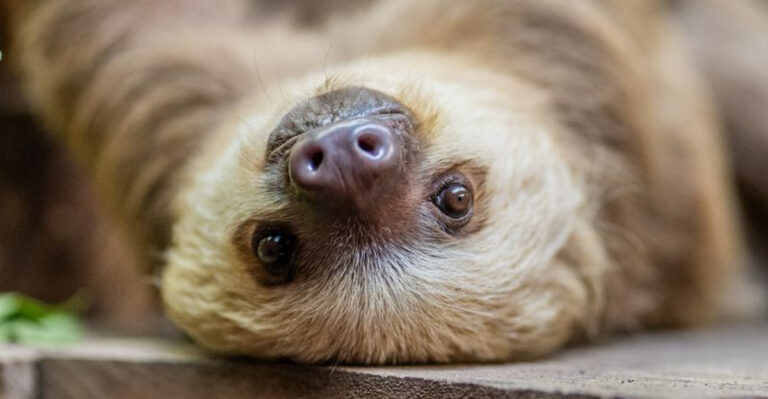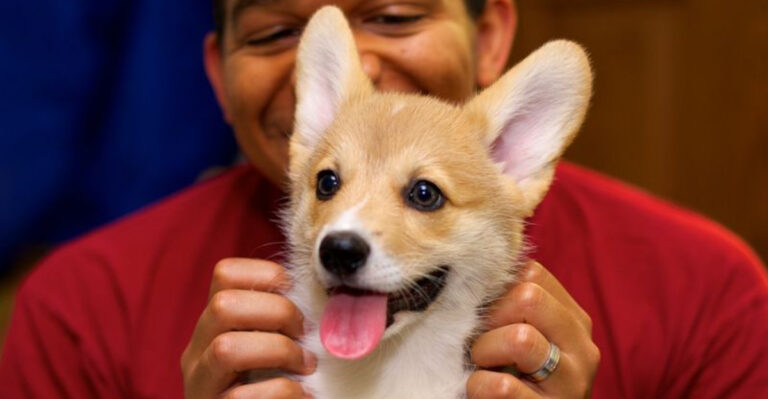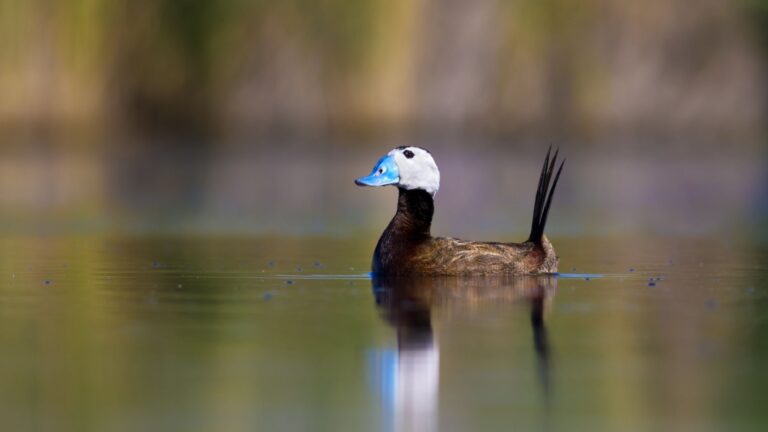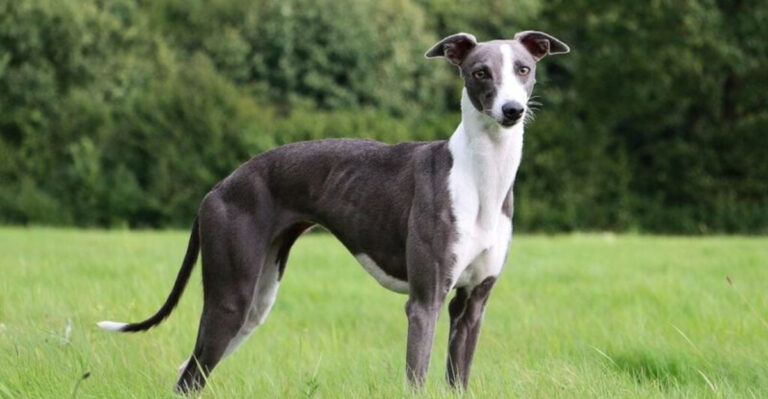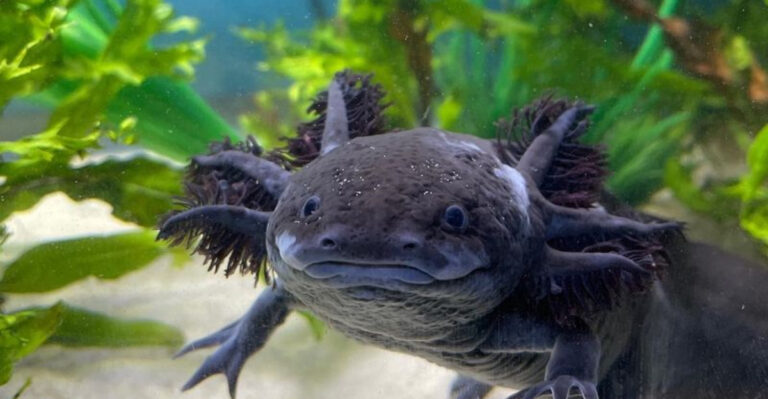12 Essential Maintenance Tips For Your Australian Cattle Dog
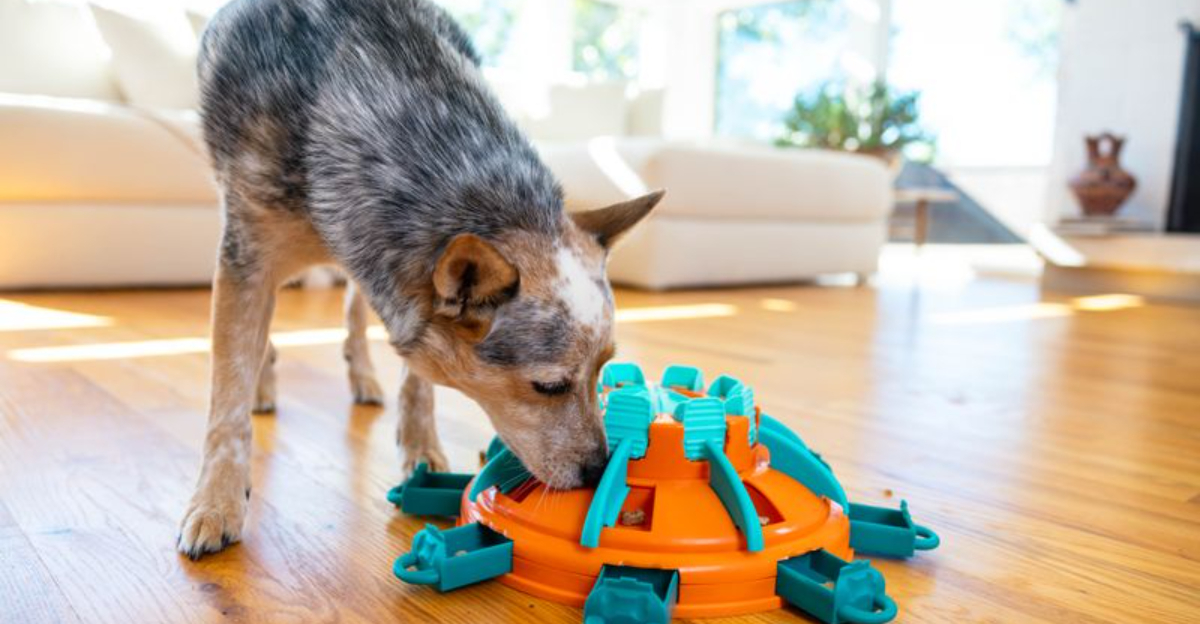
Australian Cattle Dogs are loyal, hardworking companions that need specific care to thrive. These energetic herders have unique maintenance requirements that keep them happy and healthy.
Taking proper care of your blue heeler will ensure they remain your faithful sidekick for years to come.
1. Regular Grooming For A Healthy Coat
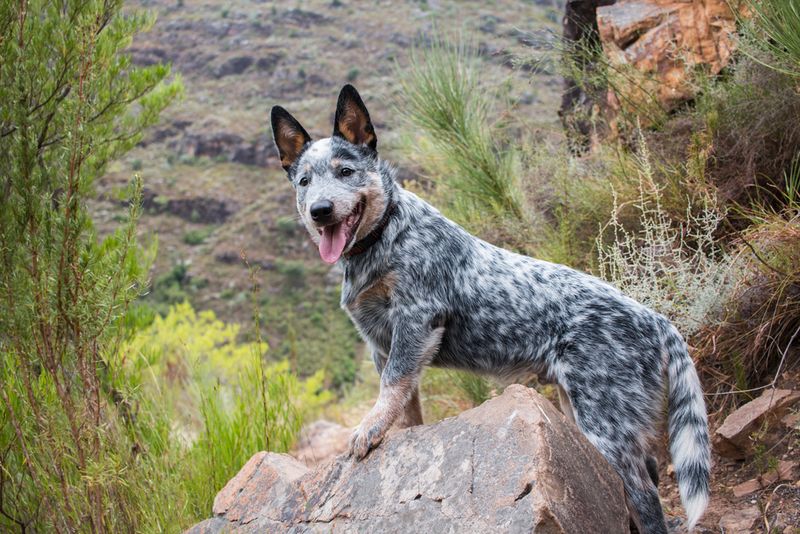
Brush your cattle dog weekly to remove loose fur and distribute natural oils. Their double coat sheds moderately year-round with heavy seasonal blowouts.
A slicker brush works best for the dense undercoat, while a bristle brush polishes the outer coat. Regular grooming reduces shedding around your home and prevents painful mats from forming.
2. Exercise Requirements For Energy
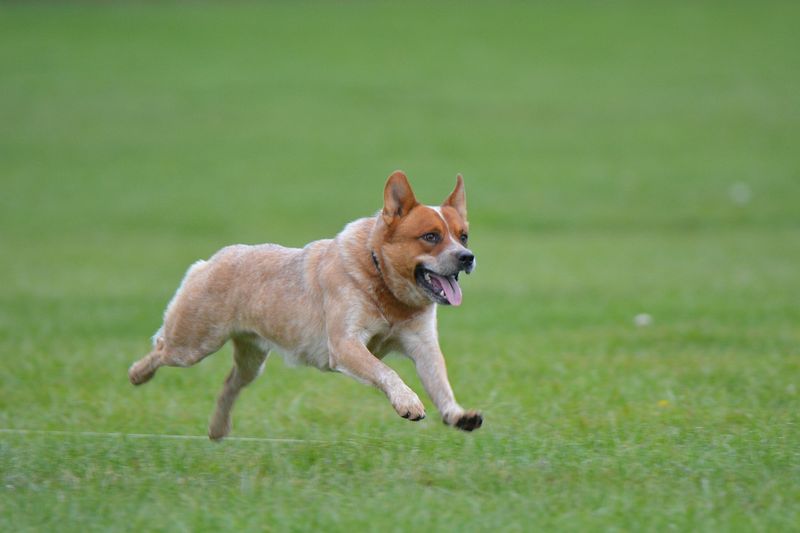
Cattle dogs need 1-2 hours of daily exercise to prevent destructive behaviors. Born to work cattle over vast distances, these dogs have boundless stamina.
Mix up activities with hiking, running, fetch, and swimming to keep them engaged. Without proper exercise, your smart heeler might redecorate your home or dig impressive backyard craters!
3. Providing Proper Nutrition
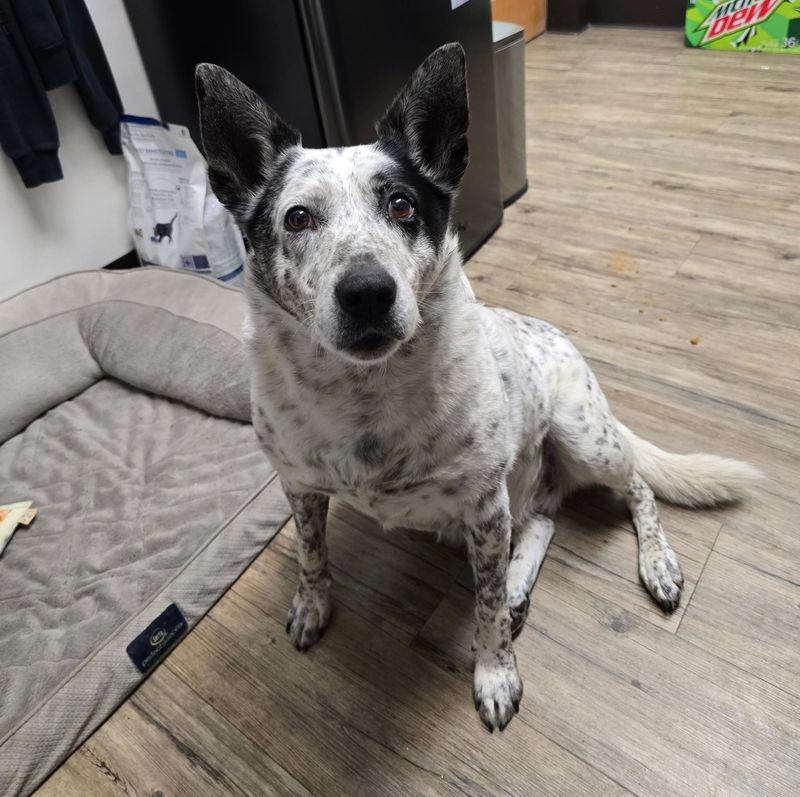
Feed your cattle dog high-quality protein to support their muscular build and active lifestyle. These working dogs thrive on meat-rich diets with moderate fat content.
Portion control matters—these clever pups will happily overeat if allowed! Adjust amounts based on activity level, age, and weight to maintain their athletic physique. Treats should make up less than 10% of daily calories.
4. Mental Stimulation And Workouts
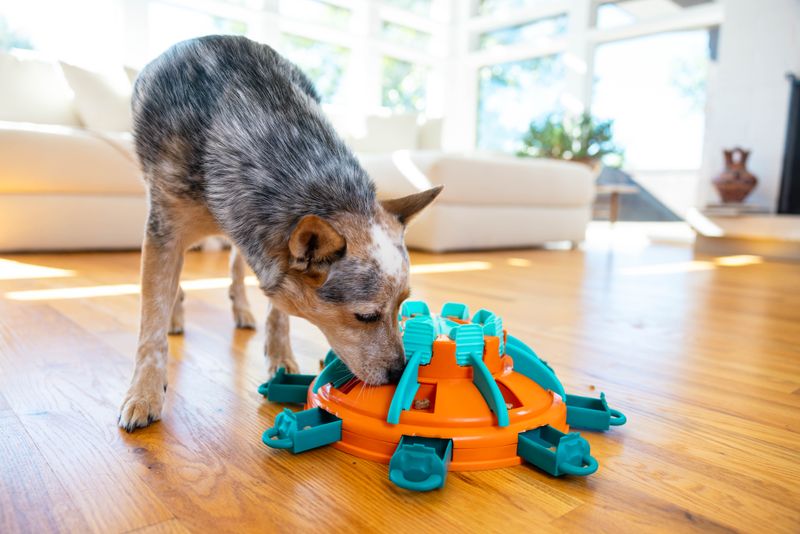
Cattle dogs possess problem-solving intelligence that requires daily mental challenges. Without brain games, these working dogs become bored and potentially destructive.
Rotate puzzle toys, teach new tricks weekly, and try scent games to keep their minds sharp. Hide treats around the yard or use snuffle mats to engage their natural foraging instincts while providing entertainment.
5. Dental Care For A Healthy Smile

Brush your cattle dog’s teeth 2-3 times weekly using dog-specific toothpaste to prevent gum disease. Dental problems can lead to serious health issues if neglected.
Provide appropriate chew toys and dental treats that scrape away plaque naturally. Watch for signs of dental problems—bad breath, yellow tartar buildup, or reluctance to chew—and schedule professional cleanings when needed.
6. Managing Their Herding Instincts
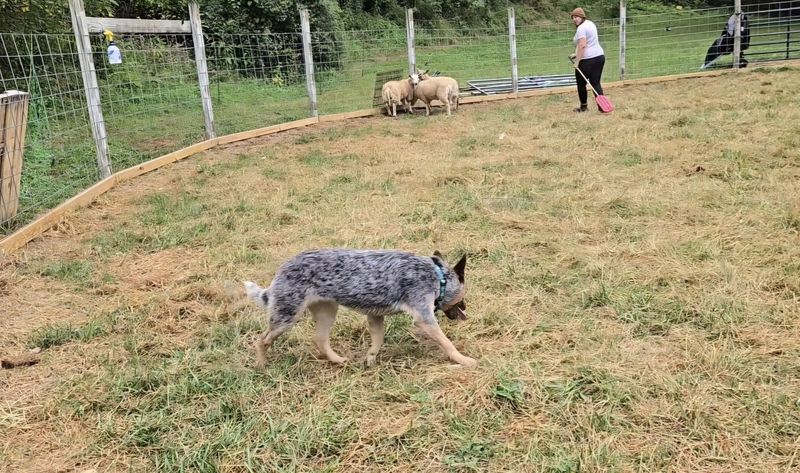
Cattle dogs instinctively nip heels and chase moving objects—behaviors hardwired from their working heritage. Channel these instincts constructively through herding trials or disc competitions.
Teach commands like “leave it” early to prevent inappropriate herding of children or other pets. Reward calm behavior around movement and provide appropriate outlets for their natural talents through structured activities.
7. Ear Care And Inspection

Check your cattle dog’s ears weekly for redness, odor, or excessive wax that might signal infection. Their upright ears generally stay cleaner than floppy-eared breeds, but still need attention.
Gently wipe the visible part with a cotton ball dampened with dog-specific ear cleaner. Never insert anything into the ear canal! Healthy ears should be pink, odorless, and relatively clean.
8. Keeping Their Nails Trimmed
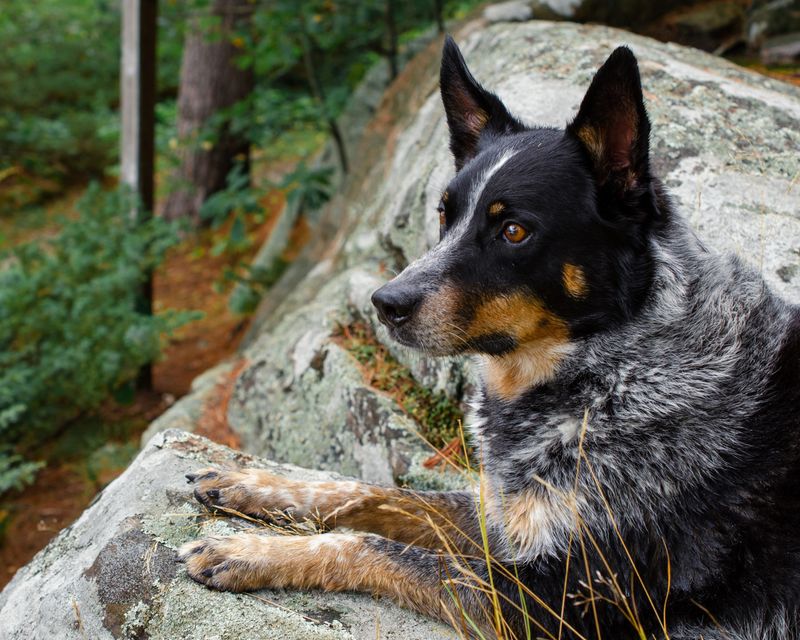
Trim your cattle dog’s nails every 3-4 weeks to prevent painful splitting and posture problems. Long nails force weight onto the pads, causing discomfort and potential joint issues.
Listen for clicking sounds on hard floors—a sign nails need attention. Use proper dog nail clippers and trim small amounts to avoid cutting the quick. Active dogs naturally wear down nails, but regular checks remain essential.
9. Skin Care And Coat Health
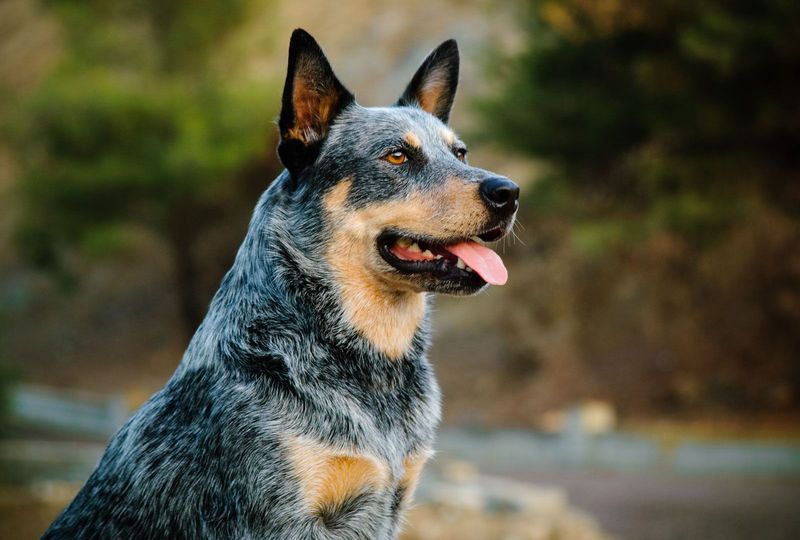
Monitor your cattle dog’s skin during grooming sessions for redness, flakes, or bumps. Their coat should appear glossy, not dull or brittle.
Omega fatty acid supplements can improve coat quality from the inside out. Bathe only when truly dirty—about every 2-3 months—as overwashing strips natural oils and can cause dry, itchy skin problems.
10. Parasite Prevention and Flea Control
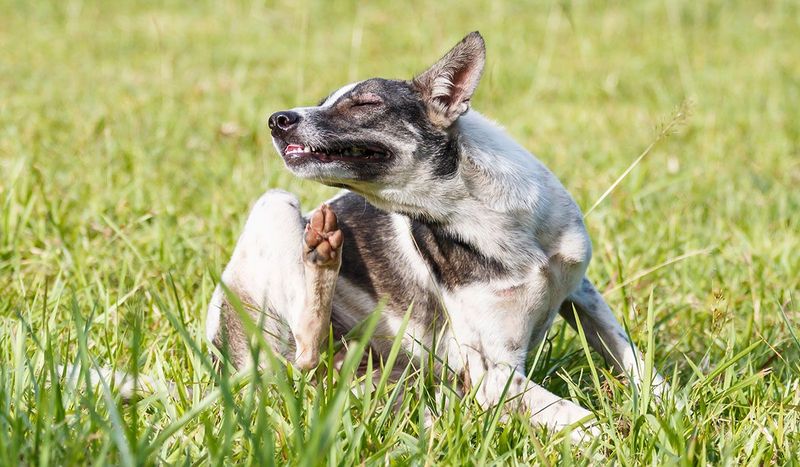
Protect your cattle dog year-round with veterinarian-recommended flea, tick, and heartworm preventatives. These active dogs explore areas where parasites lurk, increasing exposure risk.
Check for ticks after outdoor adventures, especially around ears and between toes. Consistent prevention costs less than treating established infestations or diseases and keeps your companion comfortable and healthy.
11. Hydration And Water Intake

Keep fresh water available at all times, especially after exercise when cattle dogs need replenishment. These athletic dogs can become dehydrated quickly during hot weather or intense activity.
Clean water bowls daily to prevent bacteria growth. Consider portable water bottles for adventures and watch for signs of dehydration—dry gums, lethargy, or reduced skin elasticity require immediate attention.
12. Routine Vet Checkups
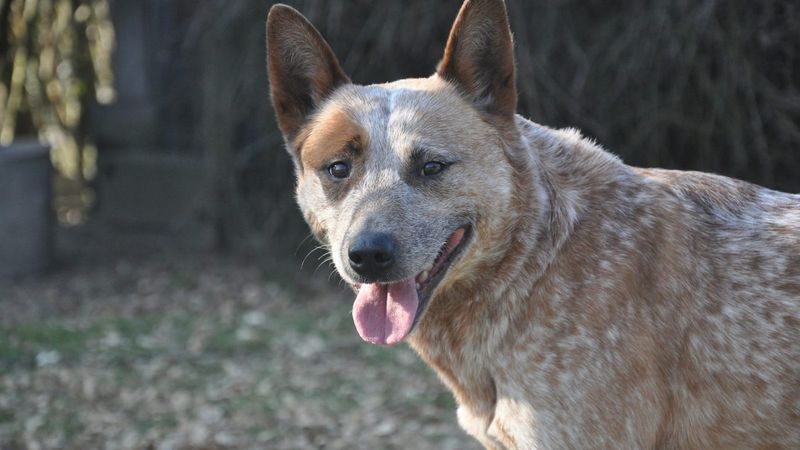
Schedule annual wellness exams to catch potential health issues before they become serious. Cattle dogs can be stoic about pain, hiding problems until advanced stages.
Stay current with vaccinations and discuss breed-specific concerns like hip dysplasia and progressive retinal atrophy. Establish baseline health markers when young so changes can be tracked over your dog’s lifetime, ensuring many happy years together.

